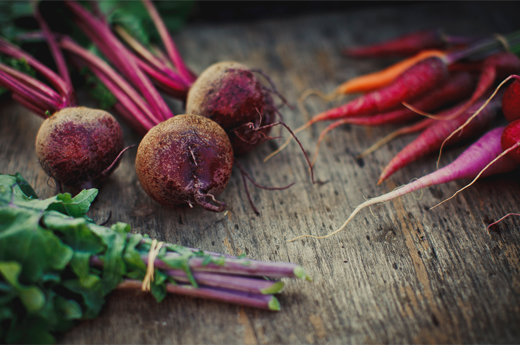
By guest blogger Nate Luke, photographer and video director
There’s an old story that’s just starting to be told again in the Ozarks. Or maybe these days it’s being told more loudly and by a new generation of young farmers and entrepreneurs. Isn’t that the way most stories begin again?
I started searching the Ozarks for threads of the emerging local-food movement story when I photographed Jere Gettle at Baker Creek Seed Company, an heirloom seed company in Mansfield, Missouri, in 2006. The Gettle family’s commitment to locate, protect, and share non-GMO seeds inspired me to search for growers where I live. I wanted to know the people who were using the seeds and sustainable growing practices that are foundational to our Ozark heritage.
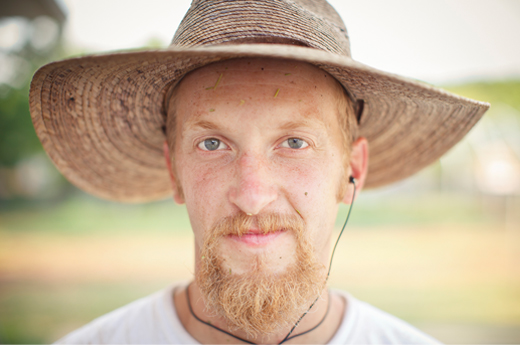 Shortly thereafter, I met Curtis Millsap at the Greater Springfield Farmer’s Market. In his characteristic overalls, wide-brimmed straw hat, and wire-rimmed specs, Curtis was selling an array of stunning vegetables, shoulder-to-shoulder with other food and craft vendors in the parking lot of the Battlefield Mall. A few days later, I was invited to Millsap Farms, which is just north of the Springfield city limits, where Curtis and his wife, Sara, farm about three acres with their nine children—all girls, except for the new infant, Ruben—and a host of volunteers and rotating resident interns.
Shortly thereafter, I met Curtis Millsap at the Greater Springfield Farmer’s Market. In his characteristic overalls, wide-brimmed straw hat, and wire-rimmed specs, Curtis was selling an array of stunning vegetables, shoulder-to-shoulder with other food and craft vendors in the parking lot of the Battlefield Mall. A few days later, I was invited to Millsap Farms, which is just north of the Springfield city limits, where Curtis and his wife, Sara, farm about three acres with their nine children—all girls, except for the new infant, Ruben—and a host of volunteers and rotating resident interns.
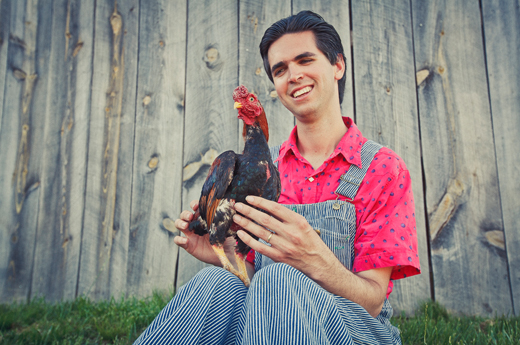
As Sara stirred soup in three stockpots on the stove, the two shared their story: Through several iterations of farming projects and a variety of public offerings—including chicken and turkeys, hogs and piglets, seasonal vegetable and bakery CSA [community-supported agriculture] memberships, and now a pizza club that makes hand-tossed pizzas using seasonal farm produce and bakes them in traditional clay ovens, the family has made a life producing food that’s good for families and good for the earth. The farm exudes a warm, community atmosphere: The dirt and the children, the shared meals, and the hard work envelope the visitors, students, interns, and CSA volunteers. Now the weekly pizza dinners are attracting a larger swath of Springfieldians who are interested in dining on local fare in a farm setting.

As Millsap Farms was growing on the outskirts of town, Curtis was also instrumental in helping a group of citizens, spearheaded by his sister-in-law, Melissa Millsap, change the planning and zoning laws that prohibited farming and farm structures inside the city limits. Melissa and her husband, Adam, had a vision to establish an urban farm in a center-city neighborhood that was, by all accounts, a food desert, in which the mostly transient and renter population could only buy food from convenient stores. The Springfield community rallied to support the changes in planning and zoning, and in 2009, on an acre plot of land that had previously been a parking lot and the site of burned-down apartments beside Melissa and Adam’s home, Urban Roots Farm began to slowly emerge as a four-season, high-intensity vegetable farm.
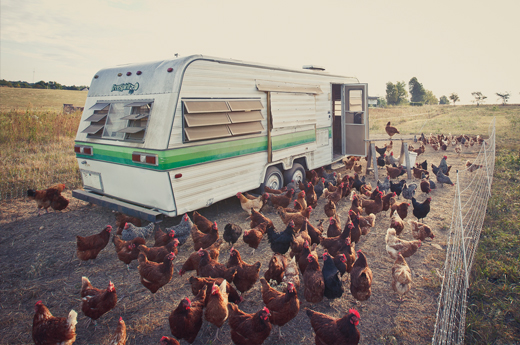
The farm exclusively used sustainable and organic farming methods and invited neighbors to work and share in the bounty of their efforts. Melissa also helped to establish the nonprofit Springfield Urban Agriculture Coalition, which established 10 schoolyard gardens in Springfield Public Schools and created an intern-training program to help educate the next generation of urban farmers. Urban Roots currently sells produce to local restaurants, has a presence across from Millsap Farms in the pavilion structure at the new Farmer’s Market of the Ozarks, and hosts an annual farm-to-table dinner that has attracted the attention of national press.
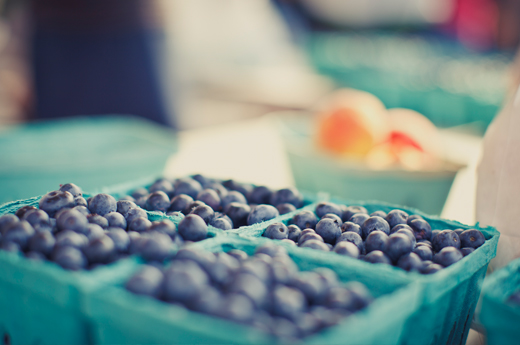
Since I began photographing the emerging story of the local-food movement in Springfield, a lot of things have changed: Local-food-based grocery stores have emerged; restaurants have begun to feature food produced locally and even from their own gardens; a new farmer’s market has arisen to support increasing consumer demand; a processing and distribution hub for locally grown food now feeds whole and fresh veggies and fruit to kids in a YMCA after-school program; and partnerships have been formed with a variety of institutions and nonprofit organizations to promote education about healthy, local growing and eating.
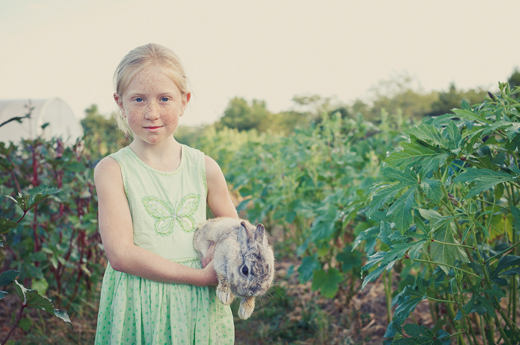
The story that connects us to our Ozark homesteading roots also connects us to the national local-food movement, and the human element of this connection to our food and the people who care for it is what I hope to capture in these images. There is something in this work that is intrinsic and inspiring and burgeoning. Something nourishing that connects the soul of the land to our own souls, and to each other.
View more of Nate’s “Local Food Project” photographs here.
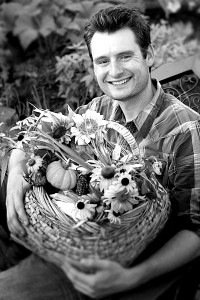 Nate Luke is an adventurer by heart, advertising photographer by trade. He travels the woods and waters of the Midwest, telling the stories of the people who use them. He was first hooked on photography after seeing the work of Diane Arbus, and is passionate about the local food movement and heirloom vegetables. Follow Nate on his weekly adventures of Fly Fishing, Hunting, Canoeing, and Local Food via Instagram: instagram.com/nateluke.
Nate Luke is an adventurer by heart, advertising photographer by trade. He travels the woods and waters of the Midwest, telling the stories of the people who use them. He was first hooked on photography after seeing the work of Diane Arbus, and is passionate about the local food movement and heirloom vegetables. Follow Nate on his weekly adventures of Fly Fishing, Hunting, Canoeing, and Local Food via Instagram: instagram.com/nateluke.




Looking for creative solutions and legislation around the business of creating water supplies for community gardens in cities. Any and all resources and contacts would be much appreciated!
Just when I get discouraged about the GMOs in our food and all the chemicals in our water, and our life….along comes this kind of news that fills me with hope for our children’s future!! Thank you to all the people who work so hard to give others good, safe and healthy food so young minds and bodies can grow and thrive!! And thank you also for sharing your news and stories with us!!
Thank you for the encouraging news! I was also struck by the fact that my grandmother’s family is from Arkansas. It was heart-warming to make the connection.